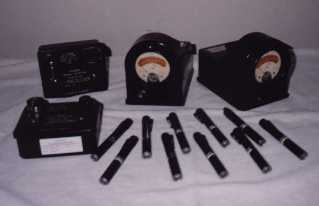
| Bruce Beach Nuclear Survival
Resources | ||
| Main Contents Page Here | Mirror
This Site |
Programming
Provided By: Civil Defense Rad Meter FAQ |

I thought that I would be able to find enough people to take more than what there was - but I was wrong, and we ended up with some left over. We were caught with more than we could handle as a group, but a company in the US agreed to take any that were left over. Since they are a business organization they sell them and make a profit. However, they agreed that I could still arrange for members of our group to get them for the above special price. At the time of this page update they still had 30 left - which is one half of what we had sent them.
If you want to get one from them let me know at:
I will then tell you how to get one from them as agreed. When they run out of them I will remove this message. As I say, it is a very good deal. I already have lots of equipment that I spent a lot more money for, and I now have other equipment priorities or I would have gotten them for our own group.
The two bigger devices are Canadian IM 108/pd. Radiation Meters designed for use in a Nuclear War situation. The two middle sized units are PP 5120 / PD Chargers. The ten smaller items are the dosimeters. Most likely they will be a 600R IM 5013/PD but you could receive a more "expensive" model. Something I will discuss under their individual picture. All the models work on the same principle and will equally well do the job.
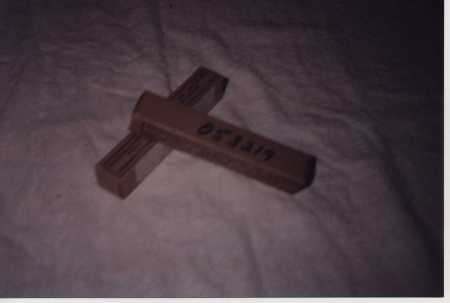
The key to this whole program was the dosimeters. We got the dosimeters so cheap because while lower rate ones are priced at $185 each no one sees any use for the higher rate ones because they don't believe there will be a nuclear war.
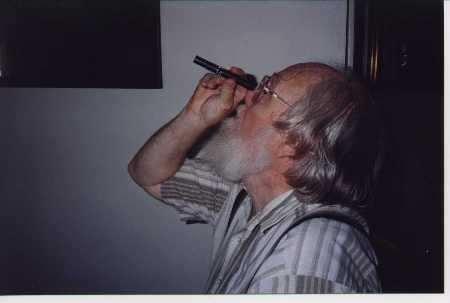
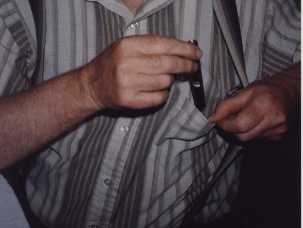
Also, if ten or a hundred people are together or going somewhere, only one or two of them need to wear a dosimeter. So long as they all stay together, the radiation dosage that one gets will be what they all get. It is nice to have two or three, so that you can use one to check the other and make sure that they are working.
The whole idea is to keep a record of each person's exposure. If someone has gotten 10R and someone else hasn't then perhaps let the other person do the task that has to be done outside, such as carrying out the human waste, or clearing an air vent.
Children and women of child bearing age are usually exempted, because radiation is exceptionally harmful to them.
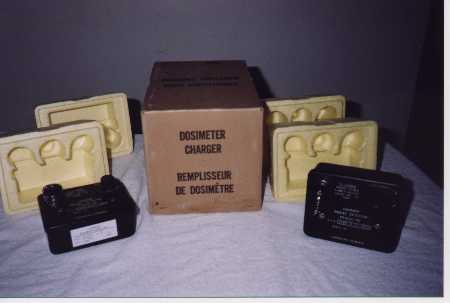
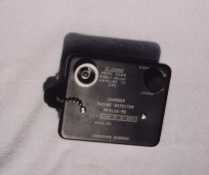
Years ago I bought civilian Bendix kits, that had the exact same device in them, but I am told not built to the same high battle standards. We only had two devices in the kit needing charged. Here you have 10 dosimeters to be charged. Enough to split up in two groups if you wanted to, and in this way each group would have a charger.
The little chain has the lens cap dangling off it. This is what you use, when you aren't using the charger, to cover the hole that you look down through with the dosimeter to charge the dosimeter.
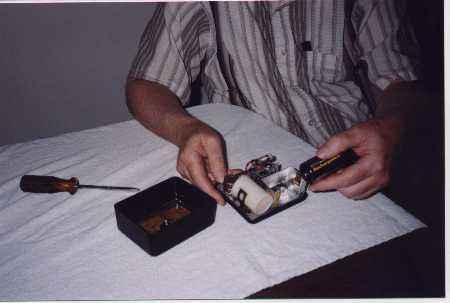
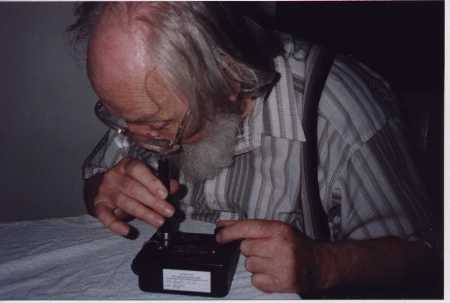
One should never use the charger to read a dosimeter's reading. By doing this, you run the risk of pressing down too hard on the dosimeter and wiping away the reading!
You don't have to zero a dosimeter every time someone uses one. This is because their measure is cumulative. One person might go out with a dosimeter and get an exposure of 15 rems (Radioactive Equivalent Man) and then another person could take it and go out and come back having it read 25. This would mean that the second person got 10 rems.
However, it is best to always re-zero a dosimeter when someone else uses it. Everyone should ideally have their own dosimeter and daily (or hourly) written records of their dose, because in the stress and confusion of a war situation mistakes are even more likely if people go about sharing dosimeters and trying to sort out doses subsequently. Additionally, virtually all dosimeter manufacturers recommend that dosimeters be re-zeroed long before they reach maximum scale for better accuracy.
One other point. Dosimeters 'drift'. Some will hold their charges for days, but others will start to drift after a couple of days. It is best to check out your dosimeters ahead of time, so you know how the ones that you own hold their charge. No need to get shook, just because your dosimeter has drifted.

This is the ideal meter to have during a nuclear war. I am not aware of anything similar being built for the civilian market. Civilian peace time standards are so low (that is low R - in another sense they are so high - meaning that you are permitted to receive so little radiation) that any meters built today for peace time use are practically useless under wartime conditions.
There is a "Circuit Check" position. The meter should rise to the "circuit check" area on the meter scale. There is a "Zero" position and "Zero control" The "Zero Control" should be able to zero the meter when in that position.
We sampled the units and found them to be in excellent condition. We found only about 3% to fail. That is actually a very good reliability rate. The reason you want two, is to make sure one is working. Three would be even better. That way you could take a "vote" between them to decide which one wasn't working. But with two, just always believe the worst case. In fact, I highly recommend that you multiply by 4 what shows on the scale. The ionization chamber in these things grows tired over the years. We have tested them and that is what we have found to be the usual ratio. NO PROBLEM. Knowing that fact still gives you complete confidence in them. You just have to do the multiplication.
The actual numbers are not that important. Knowing the presence of radiation is. Knowing whether it is increasing or decreasing is important. From that point on a general feeling of range will be sufficient. If there is radiation that this unit is detecting - you need to be in shelter.
While every unit should be individually calibrated, it would cost you about $40 each to do so. Therefore I have sought to solve the problem by redundancy. I think this is a good solution because it gets the equipment, with a substantial degree of reliability, into the hands of many, many people who would not have it otherwise.
The advantage of rate meters is that they tell you IMMEDIATELY. A dosimeter will measure the same rate - but it takes it an hour. You can use your dosimeters to determine over time the accuracy of the functioning of the rate meters.
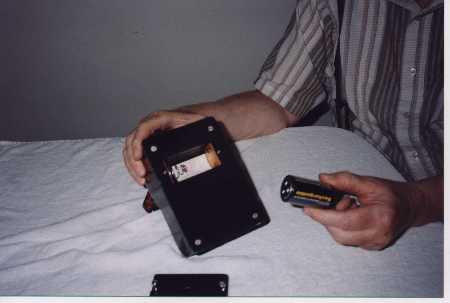

The wand with this particular unit is designed to get as close as possible to an item you are inspecting. However, with most other units you want to carry them at approximately waist height. That is because that is where they are designed to be used. Higher or lower and they will give a misreading. A person's vital organs are at that height and that is what is essential. Lower down you will get a lot more radiation. It is especially bad for small children, because they are so short. And you CERTAINLY don't want to sleep on the ground, even when the radiation measures very low, because you will get a full body exposure if you do.
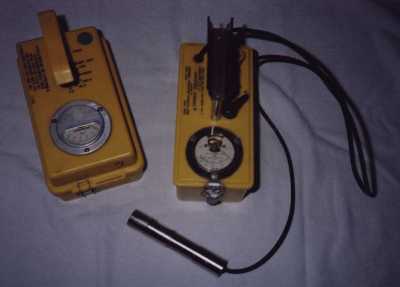
The probe on the one unit is particularly useful because one can cover it with a condom and immerse it in food or liquids like water. Because the instrument is so sensitive it can detect whether or not the food is safe for consumption. I would like very much to have included an instrument like this in the package but the cheapest that I can find THAT WORK are usually several hundred dollars and I have no idea as to where to find a thousand even if people were willing to spend that kind of money. The new modern one that I admire costs $2500. As I say - I admire it, but I don't own one.
If you can, find a CD V700 model 6a by Victoreen, this is probably the best of the CD V700 series and parts are still fairly easy to come by. The Victoreen 6b would be a good second choice. They are pretty good for 40 year-old devices although they really aren't all that sensitive by contemporary standards. Having said that, those that are working properly and correctly calibrated are very accurate within their range.
Also, remember that the Geiger-Mueller tube is a consumable component. It has a filament -- just like a light bulb -- and will burn out in time. It's good to keep a spare.
The 710B requires odd batteries which are expensive and difficult to find (although Radio Shack can get them). Also, it is not very accurate at its lower range. The Admirals I have told you about are by far the most reliabile. The American CD V715 or CD V717 (with remote probe capability)both use a single D cell. The problem is finding a reliable supplier. In the sample that we tested in the warehouse 100% of the CD V720s were completely scrap and only 20% of CD 715s could even be repaired. None of the CD V717 worked out of the box - but 80% were repairable.
One thing that is very important to know about the CD V700s and most other true Geiger counters is that the device can/will "saturate" in a high level radiation field and give a FALSE ZERO!!! Never rely on a GM type counter to measure war radiation levels.
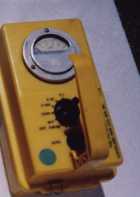
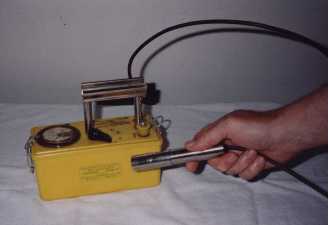

We have modified all of ours to work off of 120v house current, because the old Navy batteries were impossible to get. You have to be a very dedicated user to put all this kind of effort, love, and care into your radiation detection equipment.
You should have seen the performance we had getting them into Canada. "THIS is war materials" (Oh Horrors). "You are not allowed to bring them in." They aren't destructive. They don't hurt anyone. They just detect radiation. But still you couldn't believe the battle, and you would have thought that I was a terrorist!
What I have shown you here is about defense. Not about destruction. The military is about destruction - not about defense. The package that we are talking about can truly save your life and the lives of many others because of the knowledge that you will have using it and the advice you can give them.
Radiation is tasteless, soundless, and invisible. Only with the these tools can you save peoples lives from it. The instruments that you have in the package are completely adequate, in fact ideal, for use during a war. You need more afterwards, like I have been showing you, during the recovery period, but what is in the package is wonderful. They cost the government thousands of dollars. I just wish everyone would take advantage of the opportunity that we now have.
| Bruce Beach Nuclear Survival
Resources | ||
| Main Contents Page Here | Mirror
This Site |
Programming
Provided By: Civil Defense Rad Meter FAQ |